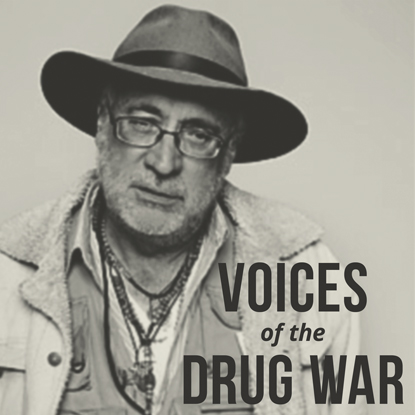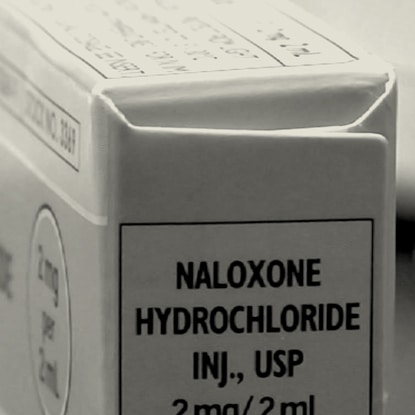The Canadian Drug Policy Coalition (CDPC) is working towards a future in which drug policies and legislation, as well as related institutional practices, are based in evidence, human rights, equity, and public health principles. We recognize that current drug policy is rooted in colonial systems and structures and are working to centre decolonialism, anti-racism, and abolitionist values and practices in our efforts.
At this moment, it is impossible for CDPC, as an organization that works to uphold human rights, combat racism, and defend autonomy, to remain silent. We support and echo:
- demands for an immediate ceasefire to stop genocide in Palestine, unconditional humanitarian access to Gaza, the protection of civilians and humanitarian personnel, and immediate end to the destruction of housing and life-sustaining infrastructure in Gaza;
- demands to release all hostages and political prisoners;
- condemnation of Canada’s failure to support key UN resolutions to end catastrophic violence and illegal settlements;
- calls to condemn and take action to end the recent spike in anti-Palestinian, anti-Arab, Islamophobic and antisemitic sentiment and violence across the country and the world;
- calls to defend freedom of expression, and demonstrations of solidarity without harassment or retribution;
- academics in their work to interrogate Canada’s foreign policy as informed and shaped by its own history of settler colonialism.
CDPC knows there is more to be said regarding the humanitarian crisis and mass displacement of the Palestinian people from Gaza and the West Bank unfolding before us, and more work to do in expressing solidarity. This is a statement on behalf of CDPC as one organization, not a network of organizations. We are committed to working with our network partners to articulate the interconnectedness of these struggles for freedom and human rights. We are committed to continued learning and engagement, and to advancing our mandate in ways that centre human rights, evidence and people who use drugs through processes of shared learning and co-creation.
We aim to approach our learning and action with humility and, as with all our work, we seek to centre lived experience, evidence, and human rights and to engage through collaboration and co-development with network partners. CDPC is committed to ongoing learning and action as best we can. We know that this takes commitment and that our grounding and ability to name intersecting oppressions in solidarity with broader struggles will grow and expand over time. We also honour our commitment to developing our work in coalition with people who use drugs and the network of partners we collaborate with, and to build shared political consciousness both within our drug policy work and in how we seek to show solidarity. Below is a list of some of the sources we have been reflecting on in our ongoing learning.
Annex:
Statements (in alphabetical order):
Artists & Academics in Canada (4000+ signatures)
Feministes racisées statement (FR)
Hamilton’s open Letter in support of Sarah Jama
Ireland’s Dun Laoghaire constituency’s TD (MP) statement
Lawyers and law students defending freedom of pro-Palestinian expression
Professors, Staff, Librarians of McGill University
Backlash and response to Professors, Staff, Librarians of McGill University
People’s Potato (Concordia university)
The Red Nation – Indigenous solidarity with Palestine
Spain’s minister of social rights
Zahraa Al-Akhrass’, the only Palestinian journalist at Global News, after being fired
Journalists on the ground (in alphabetical order):
Yara Eid, based in London, one of the only surviving journalists of Ain Media
Saleh Al Jafarawi (graphic content)
Sources :
https://www.cjpme.org/2022_05_31_canada_exports_arms
https://globalnews.ca/news/10056886/canadian-special-forces-deployed-israel/
https://www.instagram.com/p/Cy_YCzYLGpc/
https://www.ohchr.org/sites/default/files/Documents/Issues/SForum/SForum2015/MahmoudDaher.pdf
https://www.newarab.com/news/displaced-palestinians-gaza-are-hungry-and-terrified
https://www.unfpa.org/sites/default/files/resource-pdf/UNFPA-Situation-Report-2.pdf
https://ir.lib.uwo.ca/cgi/viewcontent.cgi?article=1000&context=undergradawards_2021









